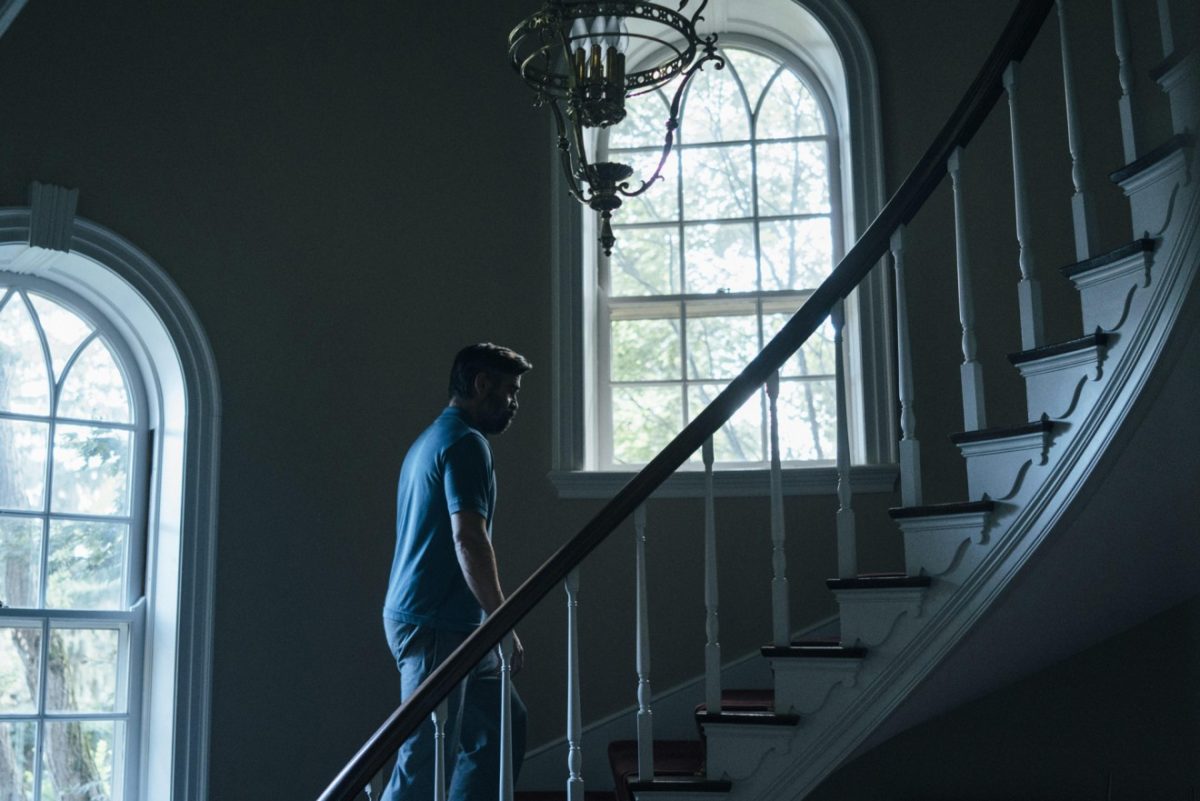Yorgos Lanthimos may be known for his bizarre scenarios, his affinity for sudden bursts of violence and the nightmares of social and domestic unrest transversal to his filmography, but the acting style in his work is perhaps its most transgressive quality. Despite what may be deduced from the popularity of escapist cinema and its bombastic fantasy, the standardized approach to acting, ruling over most film actors from those starring in small European social dramas to the big stars of Hollywood tent poles, is one of pseudo realism. The demand for a flimsily defined idea of realist credibility has raised the wall that must be overthrown for there to be a transgression.
In Lanthimos’ narratives, his actors are untethered to that standard of plausible human reaction, almost coming to embody the idea of alien creatures trying to play the role of people. These meat puppets’ unaffected delivery and lack of vocal inflection aren’t adequately described as minimalist, though the apathetic quality of the dialogues may suggest it. This is a grotesque fractured depuration of human behaviour, birthing creatures whose smiles are slashed across their faces in surges of unannounced expressiveness, whose gestuality and posture seem to belong to architectural fixtures rather than to beings of flesh and bone.
Regarding its textual skeleton, the filmmaker’s latest, The Killing of a Sacred Deer (2017), is a work of cinema of provocation, a suburban family drama corrupted by a revenge plot taken to the kind of sick extremes we come to expect from a work bearing the name of Lanthimos. Within such a dramatic landscape, one would suppose the director’s usual cast of monochord speaking aliens in disguise would fit remarkably well, but the demands of the script are incongruent with such an approach. Colin Farrell, as the cardiologist who once neglectfully killed a patient, and Nicole Kidman, as his wife, spend the second half of the film shattering their shells of non-reactiveness with shouts of frustration and facial contortions of parental anguish.
This break of acting register is in no way reflected in the formal construction of the film. The Killing of a Sacred Deer remains a consistent mood piece throughout, using uncomfortable amounts of dead air to suffocate its compositions, slow travelling shots turned into the steady prowl of a predator and the domestic space as a cage furnished with horror in shades of beige. Even a room covered in floral curtains suggests a death-trap, with ceiling fans, ever-present in the wide shots, ominously spinning their blades above the bedridden children.
The narrative structure ignites a necessary change in the actors’ approach, but its formal demands are never answered. The incongruence between these acting and textual choices that promote the audience’s visceral reaction to the characters’ suffering, and the alienating formal rigueur is a series of supposed shocks received with utmost numbness. Each new step of familial implosion, each new perversion is presented as a grand provocation, but it’s difficult for the anesthetized viewer to care for any of the human misery onscreen.
